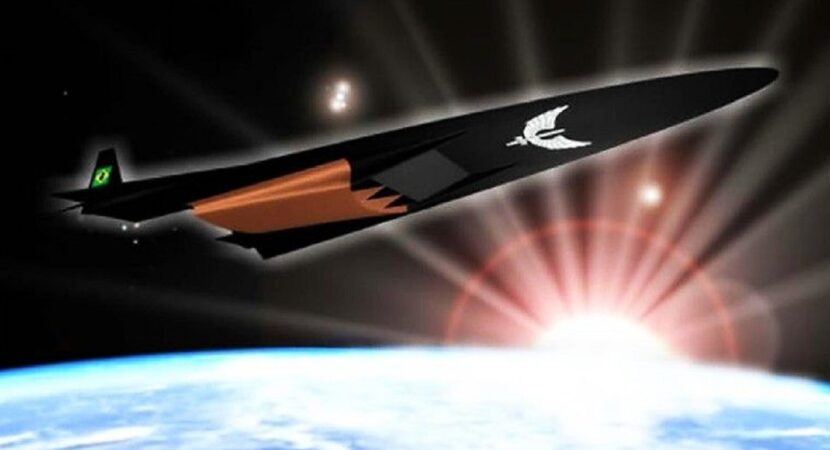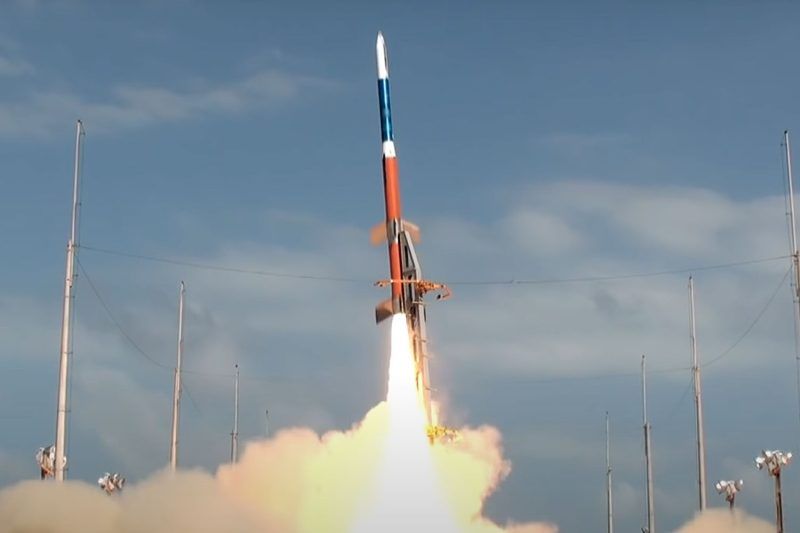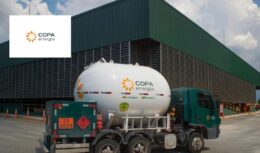
The Brazilian Air Force (FAB) achieved an unbelievable feat with hypersonic technology. With its scramjet engines, it reached Mach 6, however there is still the ability to reach Mach 10 (12 km/h)
By definition, supersonic vehicles are those that can reach any speed greater than Mach 1 (1.235 km/h) up to Mach 5 (6.175 km/h). Beyond this range we enter the hypersonic zone, a territory that is being studied by researchers from the DCTA of the Brazilian Air Force (FAB). On December 14, 2021, the Alcântara Launch Center (CLA), in Maranhão, launched the first vehicle using hypersonic technology. The model features a scramjet engine built in Brazil, the 14-X S demonstrator.
Read other related news
FAB hypersonic technology system could reach Mach 10

The test was a stage of the Hypersonic Propulsion 14-X project, named after Santos Dumont's 14-Bis. However, while Dumont's plane had an engine with a power of 50 hp, which allowed a flight of approximately 30 km/h, the scramjet engines of the 14-XS generate a power of 5 thousand hp and reached a speed close to Mach 6 ( six times the speed of sound) in the first test flight of the project, which was started by the Brazilian Air Force (FAB) 13 years ago.
Furthermore, the Mach 6 speed reached by the 14-XS is only a fraction of the potential of scramjet engines. According to the FAB, the hypersonic technology system under development in Brazil will be able to fly at Mach10 (about 12 km/h). By comparison, the Concorde, the last supersonic commercial airliner, flew at just over Mach 2.
Learn more about scramjet engines
Unlike jet engines, the Brazilian Air Force scramjet engines do not have moving parts, such as turbines and compressors that compress the air in the combustion chambers. These hypersonic engines also eliminate the use of ignition systems.
Instead, the burning of the mixture of fuel and air happens due to the heat in the combustion chamber, which heats up due to the friction generated by the passage of air at high speed. In a way, the engine with hypersonic technology has a very simple design, the hard part is making it work.
The hypersonic engine of the Força Aérea Brasileira (FAB) only works at extremely high speeds, as this is the only way it can suck in the amount of air necessary for supersonic combustion to take place. Therefore, it is common for vehicles with hypersonic technology to have two stages of propulsion, where the first is usually a common rocket that accelerates the set to a certain point of activation of the scramjet, where separation occurs.
Where can FAB scramjet engines be used?
The engines with hypersonic technology are proposed to one day power space planes, which will be able to take off from Earth, travel to space and back, something NASA's Space Shuttles did before, but at much lower cost.
This type of propulsion could also be used in hypersonic commercial aircraft, planned for the end of this century. For now, this technology is beginning to emerge in hypersonic cruise missiles, a form of weaponry that is expected to completely transform defense and attack doctrines in the coming years.










Air Force F-16 fighters…
True friend, what they shot down were…
Air Force F-16 fighters…
I would like to know what planet you live on…
Air Force F-16 fighters…
Everything is fine, 100-year secrecy,…
Air Force F-16 fighters…
Well... It's flying scrap... Typical...
Air Force F-16 fighters…
Which genocide are you talking about? Than…
If it's true, I'll buy two a lot...
Excellent article! Now where are the quotes…
I am I am eagle
Forward Brazil
These little people... That's why transport...
I hope that the tactic of increasing…
Finally, the solution we were waiting for…
Call me and I'll come and fix another 10 more